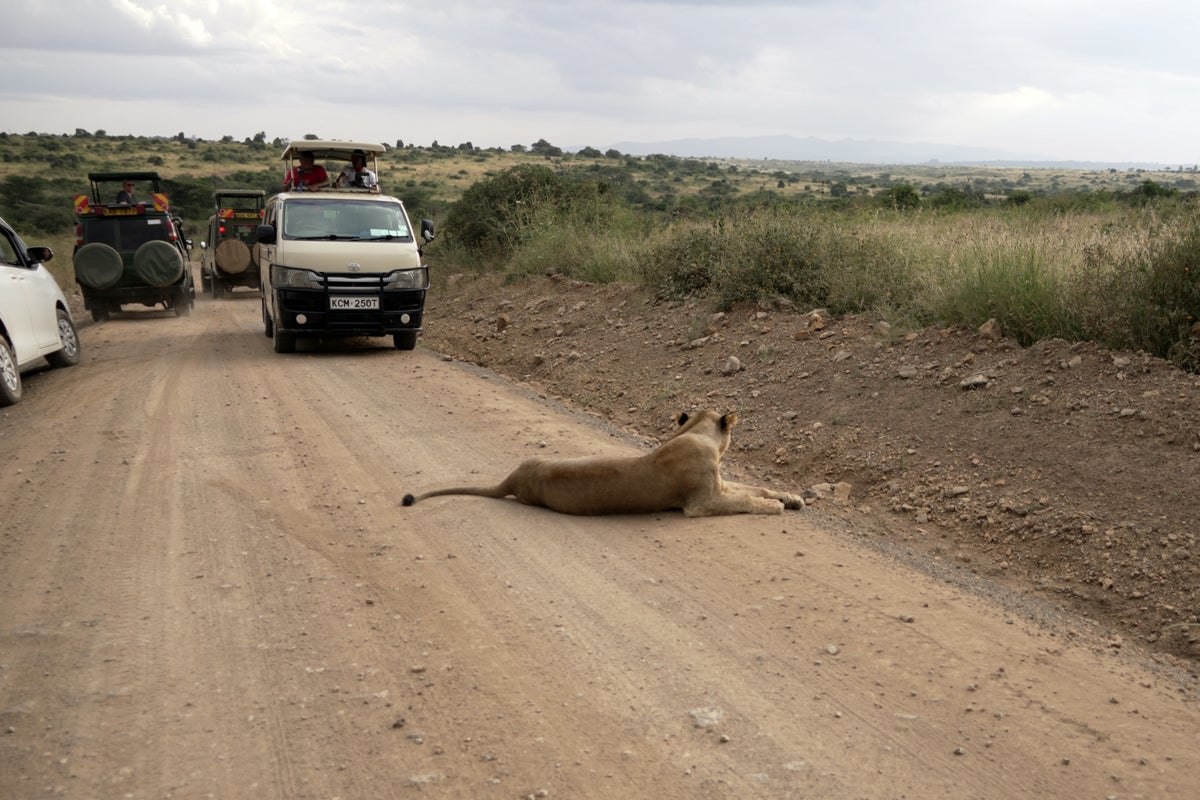Home / Environment / Nairobi Residents Confront Deadly Lion Attacks in Their Own Backyards
Nairobi Residents Confront Deadly Lion Attacks in Their Own Backyards
8 Oct
Summary
- 14-year-old girl killed by a lion near the author's home
- Lions roam freely in Nairobi, posing risks to residents and their pets
- Kenya Wildlife Service faces challenge of protecting both people and endangered lions

As of October 2025, the residents of Nairobi, Kenya, are grappling with the growing presence of lions in their neighborhoods. Less than a kilometer from the author's home, a 14-year-old girl named Peace Mwende was killed by a lioness last month. This tragic incident has deeply affected the author, whose own daughter is the same age as the victim.
The article explains that children in Nairobi are growing up in an environment where lions roam freely, with sightings becoming a common occurrence. Residents have lost pets and livestock to the big cats, and neighborhood WhatsApp groups now share warnings and CCTV footage of lions hunting in the area.
The Kenya Wildlife Service (KWS) is tasked with the difficult job of keeping people safe while also protecting the country's endangered lion population, which they estimate to be just over 2,000. During the rainy season, when tall grass and shifting herbivore patterns make it harder for the carnivores to hunt, the KWS has had to intervene by providing the lions with supplementary feeding.
To address the issue, the Kenyan government has announced a nearly $5 billion plan to create a migratory corridor between Nairobi National Park and the conservancies to the south, where the wildlife can move more freely. Additionally, there are non-governmental initiatives that pay landowners bordering the park to keep their properties unfenced, allowing wildlife to pass through.
However, the article emphasizes that what's missing is greater awareness among the increasingly urban communities on how to safely behave around predators. The author's own children had their first close encounter with a lion during a safari trip to the Maasai Mara National Reserve in 2020, where they learned valuable lessons on predator behavior that may have recently saved the author's wife's life when she encountered a lioness in their garden.
The article concludes by highlighting the ongoing human-wildlife conflict in Nairobi, where the author has found himself on a "different kind of front line." The tragic death of a local man, Simon Kipkirui, who was killed by a lion in 2019, serves as a reminder of the dangers that residents face. The author hopes that solutions can be found to keep both people and lion populations safe, and that Nairobi's unique wilderness can be preserved for the joy and wonder of many others.




